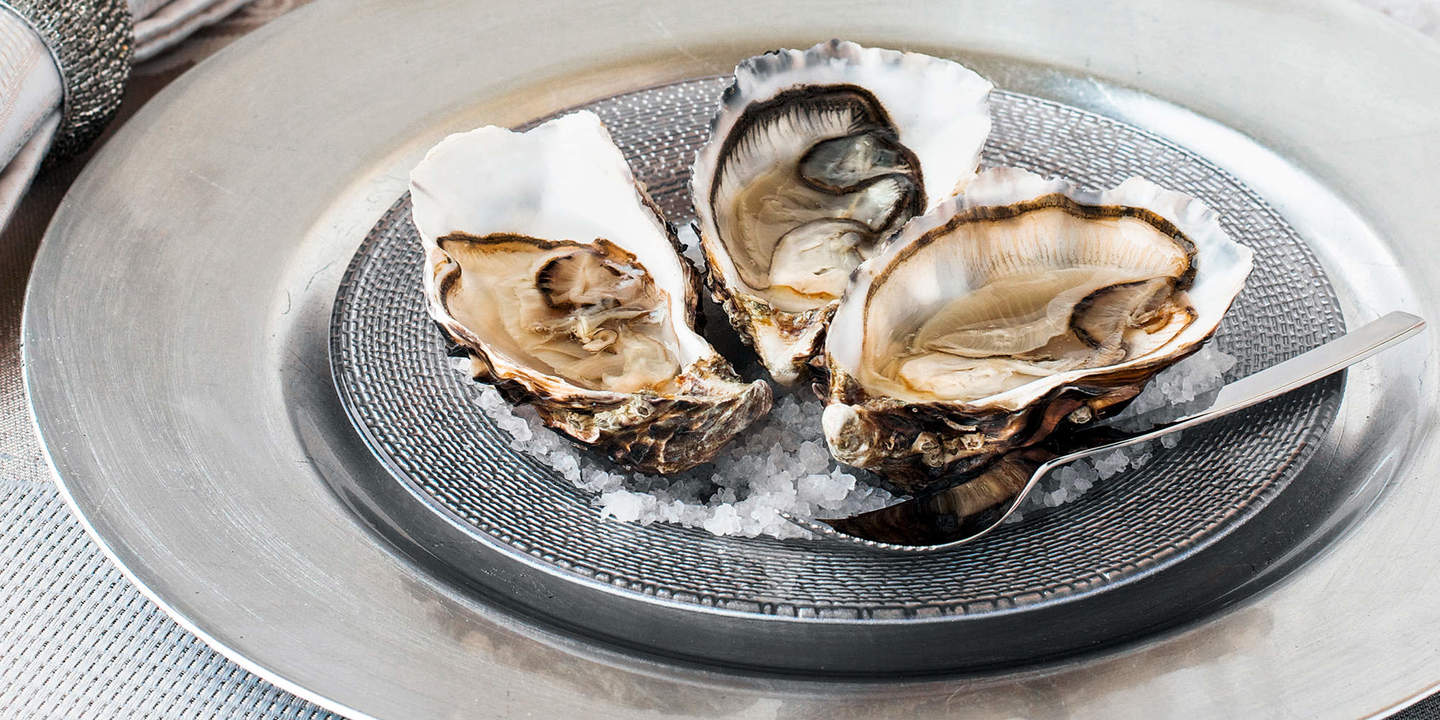Shellfish, the popular Christmas delicacy
You can hear the sea in them, or maybe find a pearl. And collecting them is part of every proper beach holiday. But for many, shells only reveal their full allure on the plate. Their tender flesh and special taste is an essential part of every Christmas menu. That’s why they are booming at Bell once again. LOOK! took a peek beneath the shell and in the seasonal cooking pots of some gourmets.
Shellfish count among the oldest animals in the world. They came into being around 500 million years ago. They served humans as a food source as early as prehistoric times; the ancient Greeks considered the oyster, for instance, to be a delicacy with a certain added effect. Today, shellfish are found on many menus, especially in the western world.
In fact, shellfish are traditional set ingredients of feast-day menus in certain European regions. First and foremost in France, where oysters are slurped from their shells by the tonne at Christmas. A glass of champagne to go with them rounds off the seafood course.
In some regions of Spain, on the other hand, the object of desire is the goose barnacle. And that despite the fact that they are probably the ugliest member of the species. Whilst Spaniards need only a little bread and a delicious white wine to enter shellfish heaven, the Neapolitans will settle for nothing less than pasta. Spaghetti vongole is the dish they traditionally serve at Christmas and New Year.
Of course, classic dishes are not the only way to serve shellfish. They are the main ingredient of countless creative recipes, especially when there is reason to celebrate. The old saying that they should only be eaten in autumn and winter no longer applies in times of efficient cooling methods. Hence, Bell Switzerland has shellfish on offer all year round.
While mussels and scallops lead the list of top-sellers from January to November, oysters push them from their pedestal in the run-up to the Christmas holidays.
Mussels
Mussels for the European market come mainly from the North Sea, where they mature in suspended cultures or on poles. Harvest times vary from area to area so the mussels are available as fresh produce all year round. Their dark oval shells conceal savoury, slightly nutty-tasting mussel meat. Mussels are often cooked in a savoury stock and simply served with some bread. Mediterranean cuisine, however, knows many more ways of preparing this versatile all-rounder.
Scallops
The pilgrim’s scallop is named after St. James, the patron saint of pilgrims. Pilgrims following his route will frequently encounter its fan-like shell along the way as it serves as a reference mark and signpost. Gourmets, on the other hand, are more interested in its tender meat and slightly sweet taste. The best fishing grounds lie off the coasts of Scotland, Ireland and France, where the scallops are fished from the sea between November and March. However, they are available all year round as a large proportion of the catch is deep-frozen straight away on board the trawlers. The traditional preparation method is «au gratin» in the shell. They also taste delicious poached, fried or steamed – but only briefly to keep the meat nice and tender.
Oysters
Releasing them from the shelf is a skill in itself. Those who master it are rewarded with a special taste experience. Oysters are cultivated on platforms or lines along many European coasts. Fines de Claires and Belons count among the most well-known varieties. Purists slurp them cold straight from the shell. Whether served «au gratin», poached or grilled, they are the epitome of luxurious pleasure – especially when accompanied by an elegant sparkling wine.

